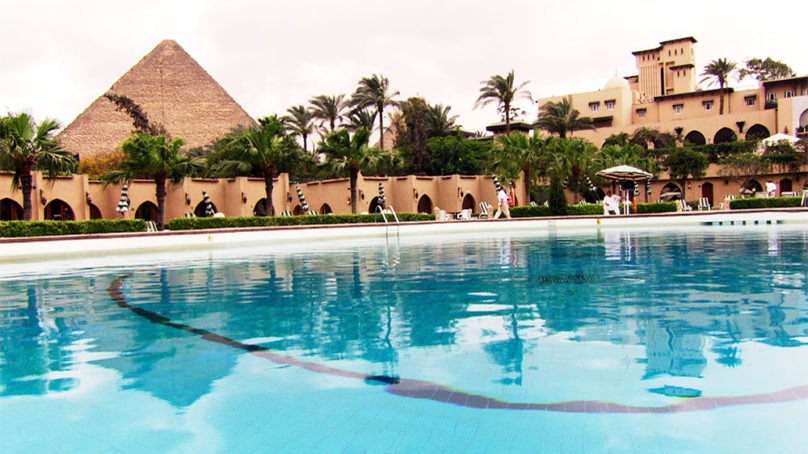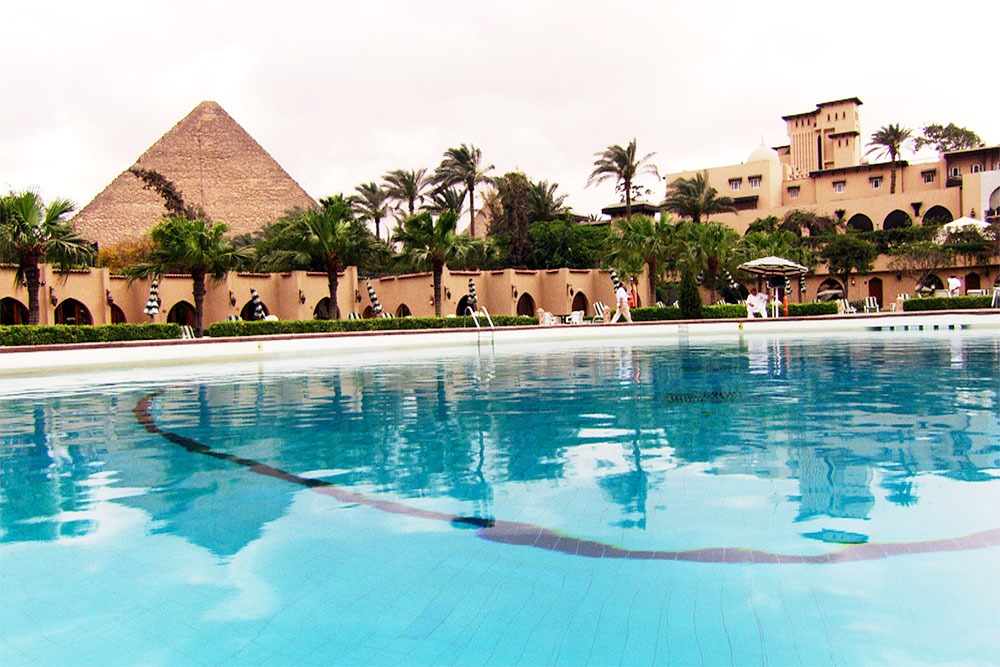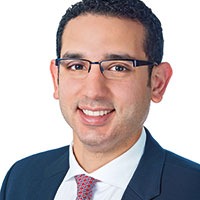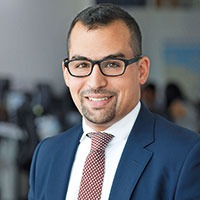According to the World Travel and Tourism Council (WTTC), investment in the travel and tourism sector reached USD 44 billion in 2017, with forecasts suggesting it will almost double in the next 10 years to reach USD 85 billion. Hospitality News ME spoke to two industry consultants to learn more about what’s driving investment in the region and where investors are putting their money
The investment landscape in the Middle East continues to witness strong growth momentum, revolving mainly around hotel development projects across its capital as well regional cities. It is estimated that over 95 percent of hotel investments are construction projects, while the rest pertains to investment transactions, that is, transfer of hotel real estate ownership.
Driving force
We are seeing a noticeable increase in alternative capital sources taking more ownership share from the usual property development companies. These comprise institutional investors/funds, as well as an increase in ultra-high-net-worth family offices. From a construction perspective, the hotel development pipeline across the region falls second in line after Mainland China, representing approximately one percent of the existing hotel room inventory, followed by Europe and Latin America. But what is driving investors to invest? That generally depends on the market, especially since each of the GCC, Levant and North African regions have different investment attraction points. But the most common tools of investment assessment remain centered on the market’s supply and demand dynamics first, followed by the revenue and financial metrics (occupancy, average daily room [ADR] rate and hotel profitability surveys). Most of the investors we interact with will, in addition to the above, underwrite their investments based on today’s construction costs and the associated banking facility they can obtain.
Expected ROI
Taking into consideration the expected return on investment (ROI) results, these are then put at par with regional, as well as international, markets and cross-checked, sometimes with other commercial real estate asset classes, such as the retail and office segments. While hospitality remains one of the most lucrative real estate businesses, it also carries its fair share of risk, compared to others. The MENA region remains development driven, with investors mostly local or regional players. The UAE, and especially Dubai, remains one of the main target markets for regional investors, due to its strong growth in tourism. Others, such as Abu Dhabi, Riyadh, Jeddah and the Holy Cities, are also an attractive draw, appealing primarily to domestic investors. In addition, the recent months have witnessed a revival of interest in North African markets, especially Egypt and Morocco. As regional markets mature, the number of operating asset transactions is expected to increase, balancing out the new developments.
Regional investors
Regional and GCC investors, in particular, have historically focused on upper upscale/luxury assets. However, over the past two-to-three years, the number of developers exploring options in a lower positioning has risen, as investments become more return-driven. Quality, affordable brand concepts, like Rove, are a good example of this shift in the market in Dubai. In addition, as market performance comes under increasing pressure, new, differentiated concepts, such as lifestyle brands, are strengthening their presence in the market. Previously, hotel investors relied heavily on the expertise and the appeal of international brands to drive their hotels and respective destinations in this region. As our markets become more sophisticated, owners are beginning to scrutinize the operators’ performance promises more closely and sometimes ask for additional ‘skin in the game’. A lesser-known brand on the global map today could present serious competition for the typical international hotel operator. Investors/owners have bolstered their teams to challenge the status quo, where operators previously had a more favorable position.
Challenges
When it comes to drawbacks or the burdens that investors in the region face, these, again, depend on the submarkets we are referring to. However, the two most common challenges revolve around the quality of labor and financial leverage. Though the GCC is not witnessing any imminent labor shortage issues, thanks to its close proximity to European, other Arab and Subcontinental source markets, our view is that the continuous influx/outflow of this pool makes it a highly transient market. This transient nature has lead to hoteliers trying to compensate with quantity rather than quality – which does little to help service levels. From a costs perspective, payroll as a percentage of the total revenue is still the lowest in this region, compared to the rest of the world. The amount of attention, then, that managers should give to training and retention remains a key question. When it comes to financing hospitality, the banking community has plenty of liquidity and an appetite for lending. However, we noticed recently that domestic banks are showing signs of being more restrictive toward construction projects, as well as new entrants who have no collateral secondary cashflows within the country. This could ultimately hinder the development pace that the region would like to sustain, as well as its openness to off-shore capital. In the coming years, investors will continue to take more sophisticated measures when developing or investing in hotels. Additional scrutiny is being placed on the concept, brand strategy, operators’ track record and financial health, in addition to the typical hotel feasibility assessments. Successful hotel operators will be those that are extremely aware of owners’ changing preferences and adapt to them.



















